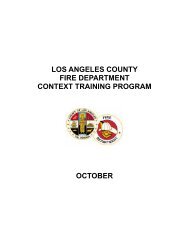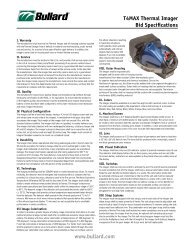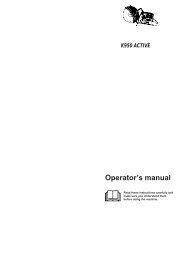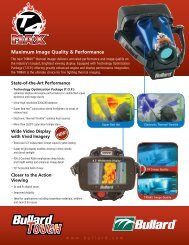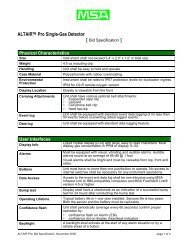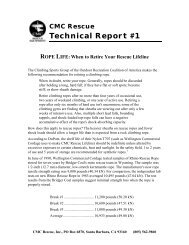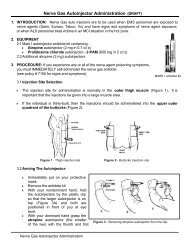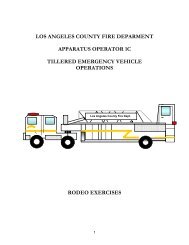WM, Workshop Manual, K650, K700, K950, K1250, 2001-06, Power ...
WM, Workshop Manual, K650, K700, K950, K1250, 2001-06, Power ...
WM, Workshop Manual, K650, K700, K950, K1250, 2001-06, Power ...
Create successful ePaper yourself
Turn your PDF publications into a flip-book with our unique Google optimized e-Paper software.
5<br />
Cylinder and piston<br />
Unscrew the cylinder screws and lift off<br />
the cylinder.<br />
Dismantle the spacing piece from the<br />
cylinder.<br />
502 50 57-01 502 50 18-01<br />
Unscrew the cylinder screws with key No.<br />
502 50 57-01 (3/16”) and lift the cylinder<br />
at an angle forwards/upwards<br />
Place a clean cloth in the crankcase<br />
opening to prevent dirt from dropping<br />
down into the crankcase.<br />
Work off the throttle wire guide and remove<br />
the screws that hold the spacing piece to<br />
the cylinder.<br />
TIP!<br />
The spacer can also be removed without<br />
first removing the throttle cable guide.<br />
Insert the T-spanner (502 50 18-01) into<br />
the tapped holes for the carburettor screws<br />
and undo the screws which hold the spacer<br />
to the cylinder.<br />
Inspect the spacing piece and intake pipe<br />
for signs of cracking and other damage.<br />
Check that the impulse channel is open.<br />
Inspect the spacing piece and intake pipe<br />
for signs of cracking and damage on the<br />
sealing surfaces to the cylinder and<br />
carburettor.<br />
Check that the impulse channel is open.<br />
Replace damaged parts.<br />
Cleaning, inspection<br />
The different parts are cleaned after dismantling:<br />
1. Scrape off soot deposits on the piston crown.<br />
2. Scrape off soot deposits in the cylinder's combustion chamber.<br />
3. Scrape off soot deposits in the cylinder’s exhaust port.<br />
NOTE!<br />
Scrape carefully with an object which is not too sharp so that the soft aluminium parts<br />
are not damaged.<br />
4. Clean the decompression passage in the cylinder wall.<br />
5. Wash all parts clean.<br />
6. Inspect the different parts for damage and wear.<br />
7. Check the middle piece and inlet pipe for cracking and to see if leakage has occurred,<br />
etc.<br />
See also the chapter ”Analysis and procedure”.<br />
Check the piston and cylinder for seizing damage and wear.<br />
See also the chapter ”Analysis and procedure”.<br />
Check the piston ring for damage or fracture.<br />
See also the chapter ”Analysis and procedure”.<br />
Check the gudgeon pin.<br />
– If it shows signs of bluing it should be replaced.<br />
– If it runs too easily in the piston both the piston and piston bolt should be replaced.<br />
Check the needle bearing. If it is discoloured or damaged it should be replaced.<br />
Check the circlips. If they show signs of cracking or are discoloured they should be<br />
replaced.<br />
50



